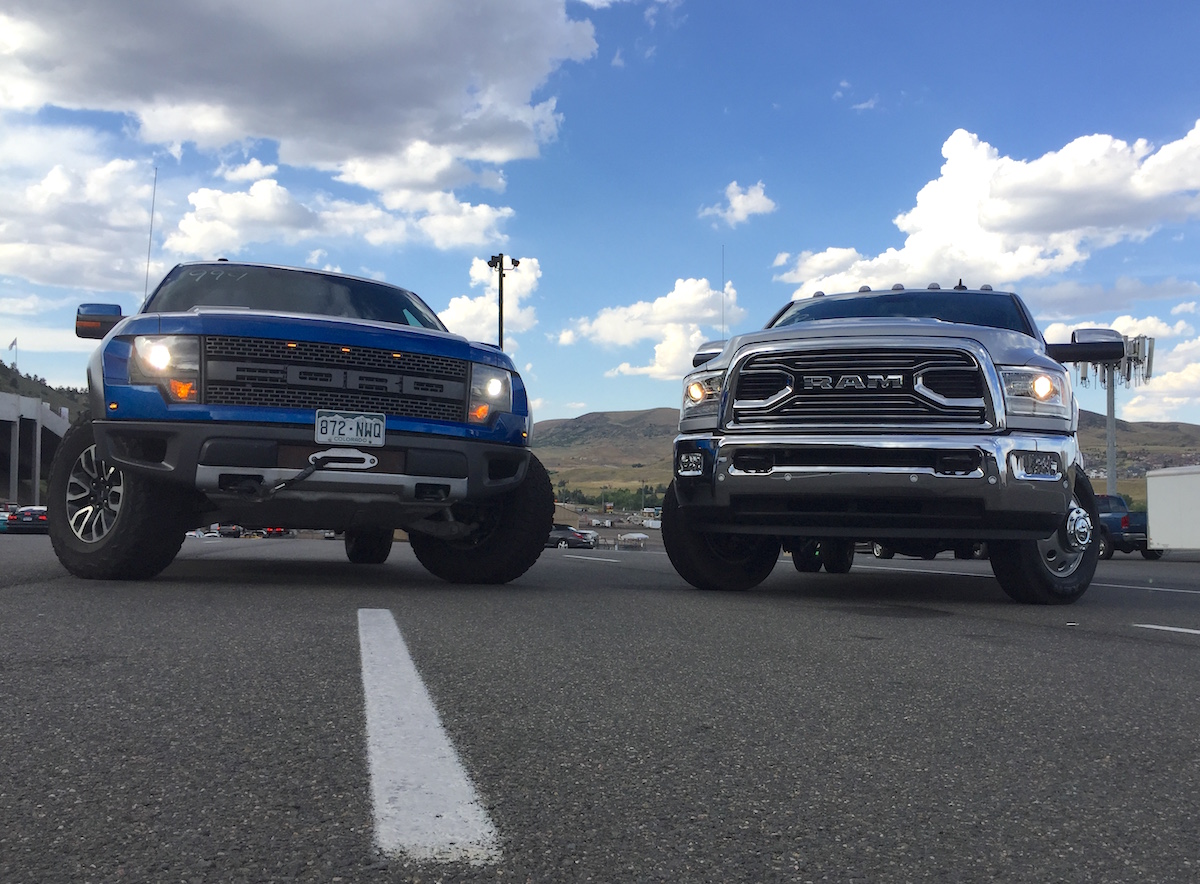
I have owned my 2019 Toyota Tundra TRD Pro for two weeks, drove it over 700 miles, and these are the things I hate about it. Are these deal breakers or minor annoyances? Let’s dig in!
No Selectable Locking Differential
This Tundra TRD Pro has an Auto LSD (Automatic Limited Slip Differential), but not a driver selectable locking differential. In general, I prefer a selectable locking differential when in a difficult off-road or traction situation. A selectable locker provides predictable traction that the driver can depend on. An automatic limited slip differential can also work well, but there may be a delay between when wheel slip occurs and when the limited slip engages.
I try it out on a snowy dirt road, and this Auto LSD worked relatively quickly. It seemed to work quicker than the G80 LSD in GM pickup trucks. Perhaps, I should take this off my hate list.
Where To Put My Phone?
This Tundra’s interior is a dated design. Where should I put my smart phone. There are currently no great place to put it. I set up my phone to connect to the infotainment system via bluetooth, so there should not be much need to touch my phone while driving. If I need CarPlay integration or better navigation integration, I will need to mount my phone high on the dashboard for best visibility and low distraction.
I am considering to get the following dash mount solution.
Suspension Squat
The TRD Pro has a leveling kit suspension from the factory. It means it has a small suspension lift in the front. The truck appears to be mostly level when unladen. However, once you put something heavy into the bed or tow a heavy trailer, the rear suspension tends to sag.
This issue can be corrected with some additional bump stops in the rear.
Clunky Cruise Control
This 2019 TRD Pro is equipped with Toyota’s adaptive cruise control system. It’s great that the truck has it, but it comes with several annoyances. Every time the cruise control system is restarted, it goes into “Radar” adaptive mode with the longest distance to the vehicle in front of you. You then need to select a closer distance by pushing a button on the steering wheel. It resets to maximum distance during the next start up.
During the winter months, snow or ice can build up on the front radar sensor. I already experienced this. If the system detects ice build-up the cruise control system disengages completely. It does not have a default non-adaptive cruise control mode. Arguably, you should never use cruise control on icy or snowy roads.
There is no easy way to correct this annoyance.
Small Tires
The stock Tundra TRD Pro tire size is 275/65R18. This tire appears small on this large pickup truck. It’s a 32-inch tire diameter. It also does not offer a lot of ground clearance.
After doing some research, the largest tire size this TRD Pro can accept without major tire rubbing is 295/70R18. This is a 34-inch tire diameter. This tire upgrade requires a removal of the front winglets that are mounted in front of the front tires.
No AWD
This truck is equipped with a heavy duty 2WD/4Hi/4Lo four-wheel-drive transfer case. It does not have an AWD feature. It’s done this way for reliability and longevity. However, it may be an issue when driving over a pavement with variable conditions (wet, dry, or iced over). In this case, you should keep it in 4Hi. It works, but it can decrease efficiency and it makes it more difficult to turn at slow speeds.
There is no easy way to fix this.
Lack of Interior Storage
This truck has small interior storage. There is almost no space underneath the large rear seat in this four door Crew Max truck.
I may need to add a small swing-out tool box in the bed to store my tow strap, cargo straps, a hitch, and other items.
Old Technology
Yes, this truck has old tech and no CarPlay or Android Auto integration.
I may need to try this aftermarket CarPlay integration in the future.
















![Which is More Reliable: 3.5L EcoBoost or 5.0L V8? [Reader Question] Second-generation 3.5-liter EcoBoost engine](https://tfltruck.com/wp-content/uploads/2016/05/Second-generation-35-liter-EcoBoost-engine.jpg)
![Which Silverado Engine to Get: 5.3L or 6.2L V8? [Ask TFLTruck] 2016 chevy silverado](https://tfltruck.com/wp-content/uploads/2015/10/2016-chevy-silverado-grille.jpg)
